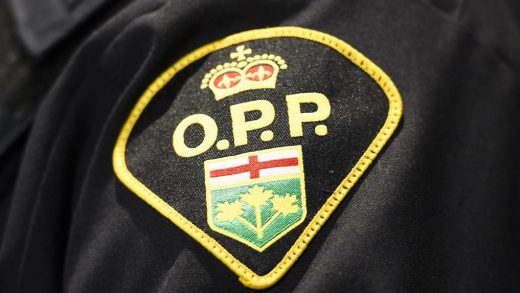
Stuff
Māori verbs – simpler than English?
In the previous column it was asserted that, with regard to the way verbs are used, te reo Māori is much simpler than English.
It’s perhaps ironic that it would seem to be this greater simplicity that often, because it’s so different, presents difficulties for those who speak English as a first language.
In English (and many other languages) verbs are altered in form to suit “person” (first, second or third) “number” (singular or plural) and “tense” (present, past, future and several others).
To take a simple example: the verb “run” is changed, in the third-person singular, to “runs” (“he or she runs”); in past tenses it might be “ran” or “have (or has) run”.
READ MORE:
* Transliteration and the sound-system of te reo
* To be or not to be that is the question in te reo
* Kiwi-owned cinema chain hosting a day of Māori-led movies for Cyclone Gabrielle relief
* Te rēti, te hoko rānei i tō kāinga: Anei te matū o ngā kōrero
All verbs in English change in this manner – and for so-called “irregular” verbs the changes may be even greater; as with “go” / “goes” / “gone” / “went”. This means the learning of English involves learning the different forms of every verb used. No such learning is required with te reo Māori. In te reo the form of the verb base word doesn’t change in this way at all.
The simplest form of a verb in te reo is in single-word commands or instructions: Whakarongo. “Listen”; Haere; “Go”. More often a verb will be preceded by a “verb particle”, which indicates how the verb is to be understood.
The particle i, for instance, marks the verb as being in the past tense: I oma / a Hone. (“John ran”). There are seven other particles which may precede verbs – e, ina, ka, kei, kia, kua, me – and two – ana and ai – which may follow the verb base. Understanding the function of each of these nine particles, may thus go a long way towards understanding how verbs are used in te reo.
TVNZ
Kia Ngāwari perform their whakaeke – Te Tai Whakarara.
Whilst i indicates a simple past tense, and kua indicates a “past perfect” (Kua haere / a Hone = “John has gone”). However, verb particles don’t, in other cases, provide parallels to what are called “tenses” in English.
The particle kia is probably most familiar in the greeting Kia ora. The word ora is a stative verb meaning “to be healthy” and the particle kia expresses the wish, on the part of the speaker, that something “is the case”. Kia ora literally means “I hope you are well” or “Be well”.
With tūpato (a stative verb) and hinga (an action verb) the use of both kia and kei may be illustrated by the sentence Kia tūpato / kei hinga / koe. (“Be careful / lest fall / you”).
Simpler than English, maybe – but more about Māori verbs next time.


